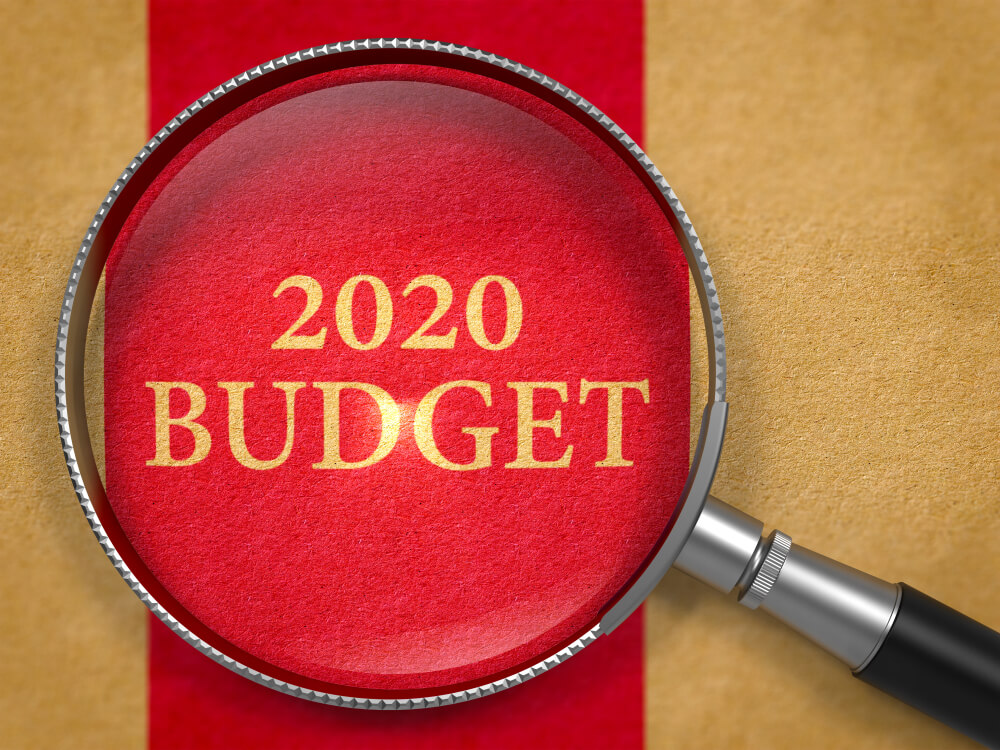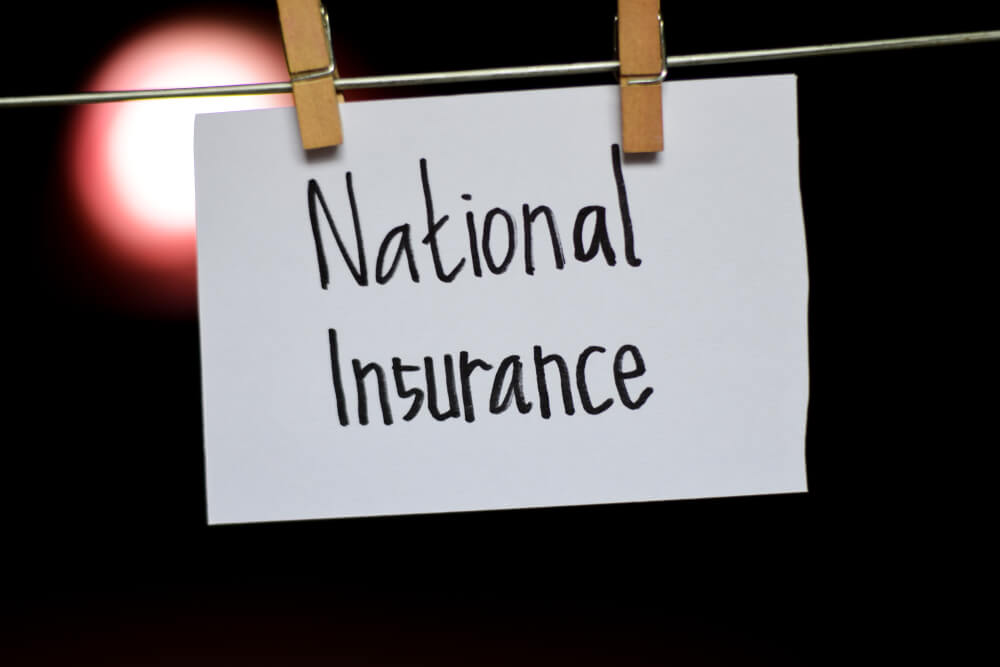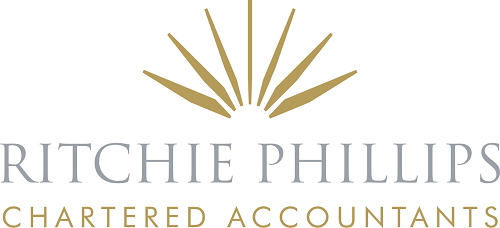Although the employment landscape has changed significantly since the most recent Budget in March this year, it is important to review and remember the basic provisions outlined by the Government in respect of Employment Tax.

Employment Tax
National Insurance thresholds
The government has recently announced National Insurance thresholds for 2020/21. Most thresholds will rise with inflation. Two thresholds, however, will rise by 10% from £8,632 to £9,500:
- the primary threshold – which sets the level at which employees start to pay Class 1 National Insurance contributions (NICs)
- the lower profits limit – which sets the level at which the self-employed start to pay Class 4 NICs.
The upper thresholds which apply to these two classes of NICs remain at £50,000.
The secondary threshold, which sets the level at which employers pay the main rate of NICs, only rises in line with inflation.
Off-payroll working in the private sector
The changes to the off-payroll working rules (commonly known as IR35), which came into effect in April 2017 for the public sector, were intended to be extended to the private sector from April 2020. Draft legislation has been issued. The new rules apply to payments made for services provided and will now take effect from 6 April 2021.
The off-payroll working rules apply where an individual (the worker) provides their services through an intermediary (typically a personal service company) to another person or entity (the client). The client will be required to make a determination of a worker’s status and communicate that determination. In addition, the fee-payer (usually the organisation paying the worker’s personal service company) will need to make deductions for income tax and NICs and pay any employer NICs.
Only medium and large businesses will be subject to the new rules, so small businesses will not need to determine the status of the off-payroll workers they engage. A small company is one which meets two of these criteria: its annual turnover is not more than £10.2 million; it has not more than £5.1 million on its balance sheet; it has 50 or fewer employees. For unincorporated organisations it is only the annual turnover test that applies.
Employer provided cars
The scale of charges for calculating the taxable benefit for an employee who has use of an employer provided car is computed by reference to bands of CO2 emissions multiplied by the original list price of the vehicle. The maximum charge is capped at 37% of the list price of the car.
For 2019/20 the rates increased by 3% from the rates applying in the previous tax year.
The government announced in Budget 2017 that CO2 emissions for cars registered from April 2020 will be based on the Worldwide Harmonised Light Vehicles Test Procedure (WLTP). Draft legislation has been issued to amend the previously planned benefit percentages for 2020/21 through to 2022/23:
- all zero emission cars will attract a reduced percentage of 0% in 2020/21 and 1% in 2021/22, before returning to the planned 2% rate in 2022/23
- for cars registered before 6 April 2020, the current test procedure will continue to apply and there are no further changes to percentages previously set for 2020/21. These rates will be frozen at the 2020/21 level for 2021/22 and 2022/23
- for cars first registered from 6 April 2020 most rates will reduce by 2% in 2020/21 before returning to planned rates over the following two years, increasing by 1% in 2021/22 and 1% in 2022/23.
WLTP aims to be more representative of real world driving conditions, compared to the current test known as the New European Driving Cycle. The government estimates that reported CO2 values may be on average about 20 – 25% higher under WLTP compared to the current test.

Employment Allowance
The Employment Allowance provides businesses and charities with relief from their employer NICs bill. Regulations have been issued to restrict the Employment Allowance, from 6 April 2020, to those employers whose employer NICs bill was below £100,000 in the previous tax year. Employers who are connected to other employers (such as companies within a group) will need to add together all of their employer Class 1 NICs liabilities incurred in the tax year prior to the year of claim to determine eligibility.
The maximum Employment Allowance will be increased from £3,000 to £4,000 with effect from 6 April 2020.
From 6 April 2020 the Employment Allowance will operate as de minimis State aid. This means it will contribute to the total aid a business is entitled to under the relevant de minimis State aid cap.
De minimis State aid rules apply if a business engages in economic activity, providing goods or services to the market. Most businesses will not have received de minimis State aid before so will not need to do further checks to determine if they are eligible for the Employment Allowance.
Class 1A liabilities on Termination Awards
A new liability to Class 1A NICs comes into effect on 6 April 2020 on termination awards over £30,000 and payments from sporting testimonials above £100,000. The new Class 1A NICs liability applies to non-contractual taxable termination awards over a £30,000 threshold, that have not already incurred a payroll Class 1 NICs liability as earnings.
Unlike the Class 1A NICs liability payable on benefits in kind this new liability will not be payable and reported via the annual P11D(b) payment/reporting process. Instead, from 6 April 2020 onwards, Class 1A liabilities arising on taxable termination awards which comprise of cash and/or cash equivalent payments, will be paid and reported through the PAYE/Real Time Information (RTI) process.
This new Class 1A liability will not apply to any termination awards paid after 5 April 2020 in respect of employment which was terminated before 6 April 2020.
Before 6 April 2020, employers should ensure that their payroll software has been updated to enable them to pay and report the new Class 1A NICs liabilities, arising on termination awards, through RTI.

Covid 19
Since the budget, and in light of the impact of Covid 19, the Government has announced a series of measures to support employers and employees through the current financial crisis. You can find further details here.
Please contact us if you think you may be affected by any of the contents of this post.
